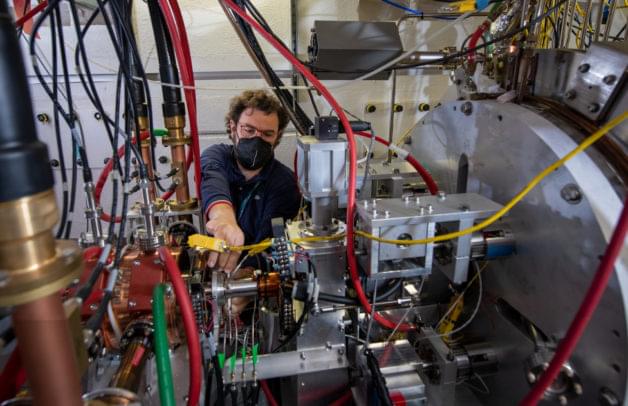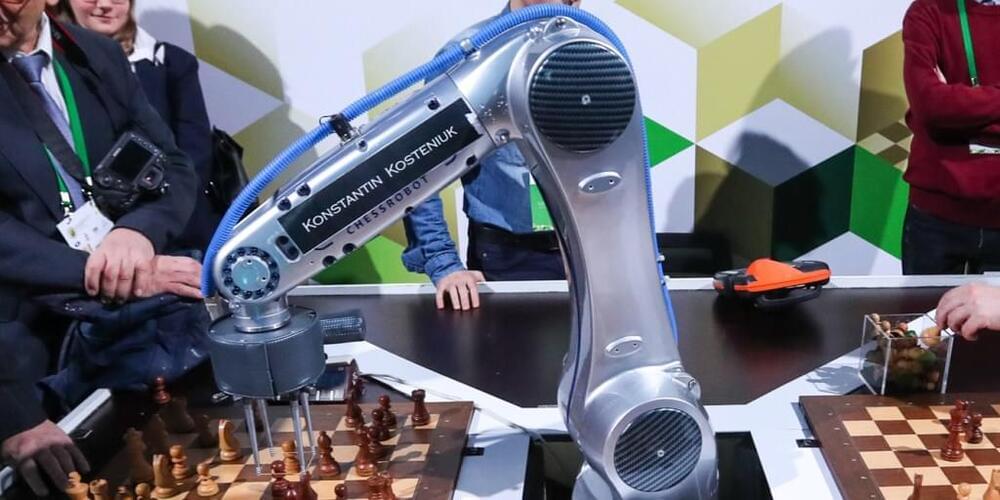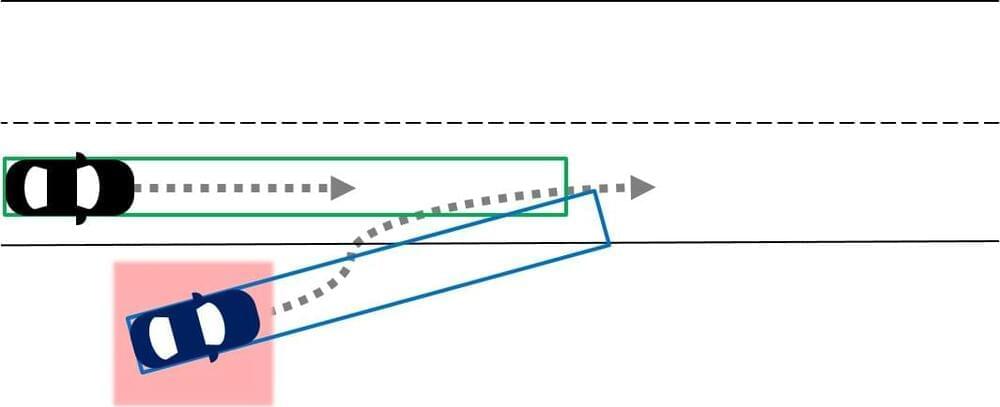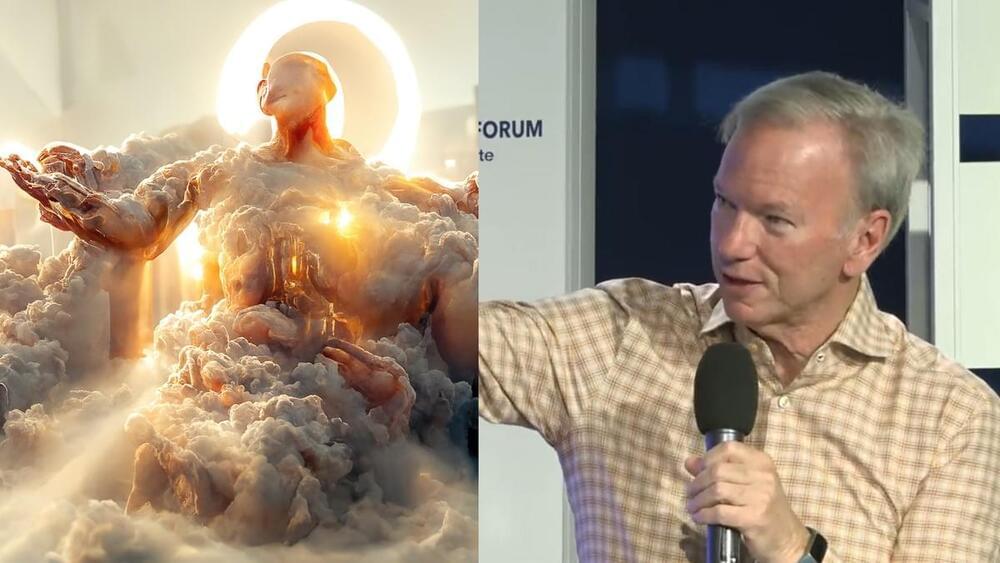What does the future of AI look like? Let’s try out some AI software that’s readily available for consumers and see how it holds up against the human brain.
🦾 AI can outperform humans. But at what cost? 👉 👉 https://cybernews.com/editorial/ai-can-outperform-humans-but-at-what-cost/
Whether you welcome our new AI overlords with open arms, or you’re a little terrified about what an AI future may look like, many say it’s not really a question of ‘if,’ but more of a question of ‘when.’
Okay, you’ve got AI technologies on a small scale to a grand scale. From Siri — self-driving cars, text generators — humanoid robots, but what really is the real threat? As far back as 2013, Oxford University (ironically) used a machine-learning algorithm to determine whether 702 different jobs throughout America could turn automated, this found that a whopping 47% could in fact be replaced by machines.
A huge concern that comes alongside this is whether the technology will be reliable enough? We’re already seeing AI technology in countless professions, most recently the boom of AI generated-text used in over 300 different apps. It’s even used beyond this planet, out in space. If anything, this is a rude awakening for the future potential of AI technology, outside of the industrial market.
🦾 Do humans stand a chance against AI technology?




